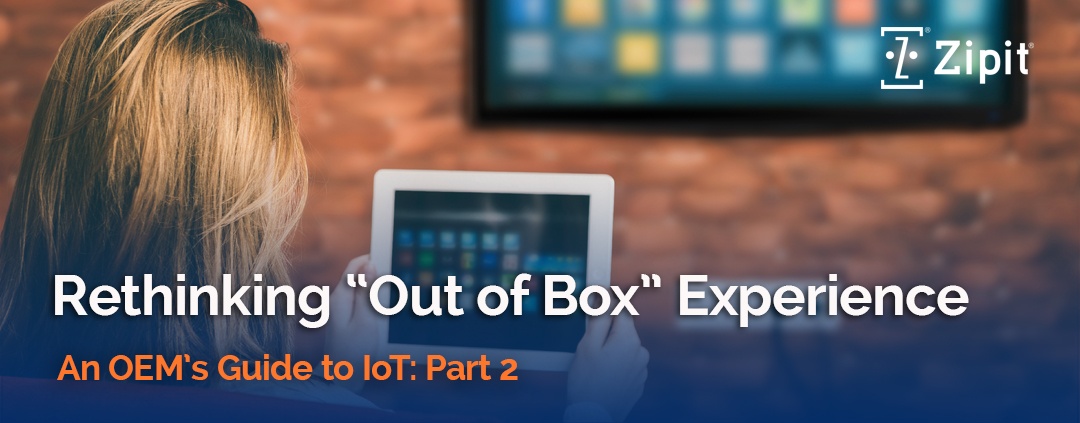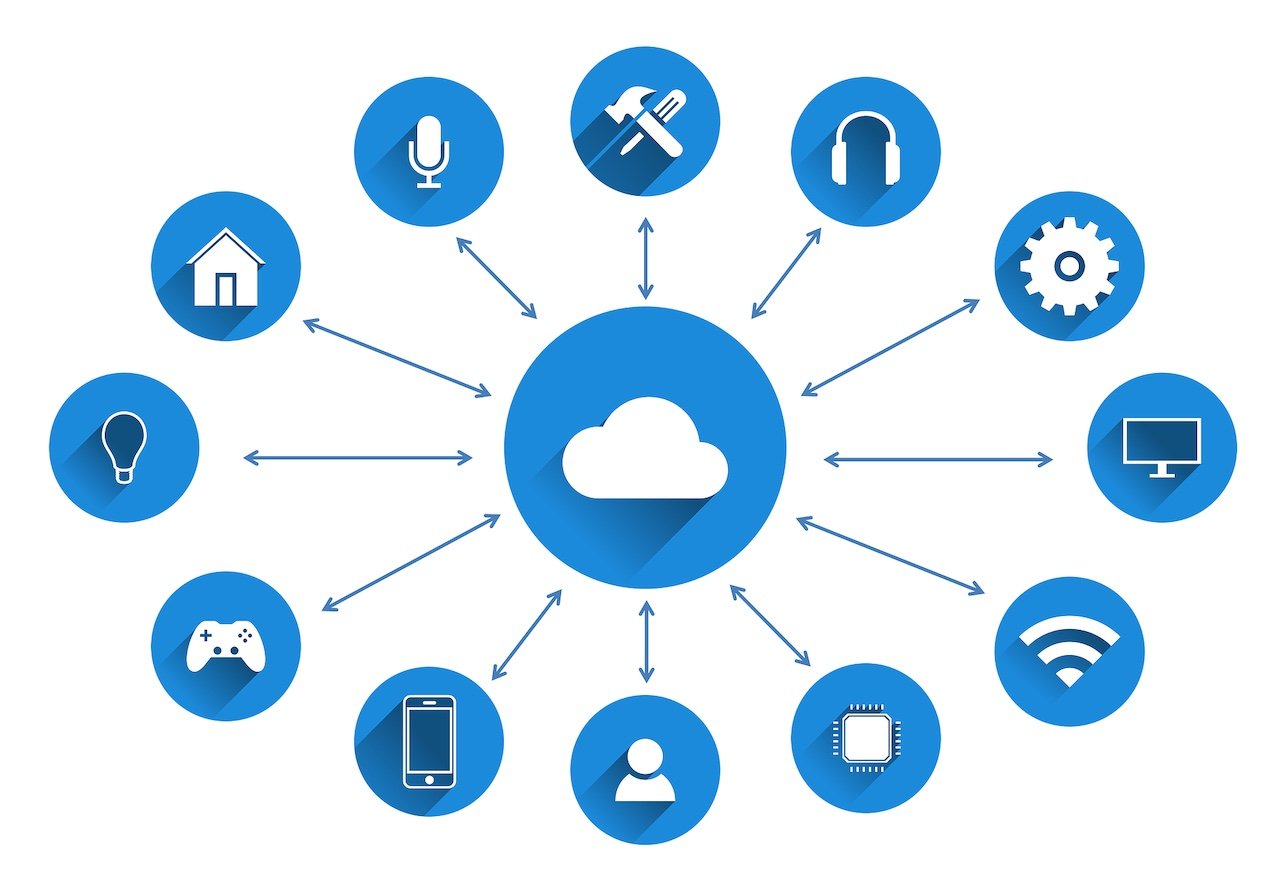
- December 2025 (1)
- November 2025 (2)
- October 2025 (3)
- September 2025 (3)
- August 2025 (3)
- July 2025 (2)
- June 2025 (3)
- May 2025 (3)
- April 2025 (3)
- March 2025 (2)
- February 2025 (1)
- December 2024 (2)
- November 2024 (1)
- August 2024 (2)
- June 2024 (3)
- May 2024 (3)
- April 2024 (1)
- March 2024 (3)
- February 2024 (2)
- January 2024 (2)
- December 2023 (1)
- November 2023 (2)
- October 2023 (2)
- September 2023 (1)
- August 2023 (1)
- July 2023 (2)
- June 2023 (3)
- May 2023 (2)
- March 2023 (4)
- January 2023 (2)
- November 2022 (2)
- September 2022 (1)
- August 2022 (2)
- July 2022 (2)
- June 2022 (1)
- May 2022 (1)
- April 2022 (3)
- March 2022 (1)
- February 2022 (3)
- January 2022 (2)
- December 2021 (1)
- November 2021 (1)
- October 2021 (2)
- September 2021 (3)
- August 2021 (1)
- July 2021 (3)
- May 2021 (2)
- April 2021 (2)
- March 2021 (2)
- February 2021 (3)
- January 2021 (3)
- December 2020 (1)
- October 2020 (1)
- August 2020 (1)
- August 2019 (1)
- January 2019 (2)
- September 2018 (5)
- June 2018 (1)
- November 2017 (1)
- September 2017 (1)
- July 2017 (1)
- May 2017 (1)
- January 2017 (1)
- October 2016 (2)
- August 2016 (1)
- July 2016 (1)
- June 2016 (1)
Subscribe by email
It is very common for OEMs to struggle with thinking outside the box - pun intended! For many brands that bring consumer products to market, the focus is clearly on the basic product itself and rightly so.
These companies spend a lot of time and attention perfecting a product’s Out-of-Box experience (OOBE), but that experience is quite often, literally centered around the box and how to unpack and remove the device from it. Some brands even think through details like what the screen cover should look like and how the power cord and/or remote control is laid out in the box. When unpacking a new smartphone for instance, it is clear that a considerable amount of effort was spent designing the color and the location of the power button, even the splash logo that appears when the device is first turned on.
While all of this is important, there is so much more to be considered for brands to really make an impact on today's consumers and cement their loyalty.
So, What Comes Next?
Let’s use the 50” “Internet-enabled” TV I recently purchased as an example. It allows me to use Netflix, Amazon, Vudu and several other video streaming services I have accounts with. (That’s why I paid more for the TV in the first place.) I bought it, took it out of the box, and then spent the next 30-45 minutes entering my user names and passwords for all of these services, one at a time, only to unknowingly hit the wrong button several times on my remote, have the service try to connect, and fail each time. Of course, this means I was forced to go through the whole process again for each service I wanted to register. Not to mention, I had to go through the process of connecting the TV to my Wi-Fi network in the first place... Do you know how difficult it is to enter a cryptic Wi-Fi password on a TV remote? It’s ridiculous.
The easy way out here would have been to compromise my network in order to connect my TV by making my password very simple (i.e.,123456789) but that is clearly a bad security practice and dangerous...to my computers and the data on them, that is. It’s an open invitation to viruses (or at a minimum, an opportunistic neighbor) that will negatively impact my network’s performance or worse.
These days, everybody has a computer, a smartphone or a tablet in their homes. Many have more than one, and some may have all three. Why not leverage this “installed base”, by allowing me to set up the TV over Wi-Fi from one of the other devices (with better keyboards) and have the TV pull my VUDU, Amazon and Netflix accounts from those devices automatically? They already have that information after all.
Why stop there? Bluetooth is cheap. Why not leverage it so I can use a smartphone app to control the channels, volume and maybe even stream Pandora from it?
Better yet, the TV has Wi-Fi in it already. Why not set it up as an access point, allowing me to discover it with my phone or tablet, and perform the setup that way? Even if I had to enter all of my accounts manually, this would still be faster and easier than using a TV remote. I can do this with a $30 Chromecast USB video device but I can’t do the same with a $700 TV?
Customer Experience Hinges on Empathy
A world of connected products is coming really fast and for some, like the connected TV, they are already here. But if they are all this difficult to set up, all that we will achieve is to frustrate many consumers to the point that they will never use the enhanced features of those products or get to enjoy the full value of them. Even worse, consumers may avoid the purchase altogether because they won't see a proper ROI ahead of time.
When product designers think of a connected device, they need to think about what else can be done OUTSIDE of the box. It IS called an "Out-of-Box Experience" after all.
At Zipit, we’ve helped big brands create enhanced “Outside the Box” experiences by adding value through IoT. One example was the digital picture frame we developed in partnership with HP and one of their manufacturing partners. We designed a user-friendly experience into the product and overall solution. The result was a dynamic picture frame and tightly integrated web management portal that fit the needs of the target user: grandparents who wanted a steady stream of refreshed photos of their grandkids. Knowing that grandparents weren’t likely to use the frame to log in to various photo sharing sites to tap into a stream, we enabled the frame to automatically stream digital photos from social media—no Facebook account needed. And, we even implemented a setup wizard to make usability a breeze!
Using that as an example, OEMs should ask themselves questions like: “How can I leverage my surroundings or everything available to me to create a better experience? How tech-savvy are my users? What tools need to be developed to assist my customers in utilizing the new services that come with the product?”
This is not only good for the overall value proposition, but how far do you think that extra bit of effort and thoughtful planning would go to reduce support calls, minimize end-user frustration, or create a valuable brand and fanatic fan base?
Back at my house, my TV is now connected and the services are running, which is very cool. But something is still missing. If Netflix, Hulu and the other services are “built in” to this TV, why doesn’t the TV itself let me know through some notification on screen, that the newest seasons of my favorite shows are ready for me to start streaming them? At what point does it stop being an Internet-enabled gadget and start becoming a revolutionary experience that makes me tell everybody how cool it is -- that this TV is the best thing since sliced bread, and that everyone should get one?
If your company is interested in leveraging IoT technology to create an unmatched Out-of-Box Experience for your customers, get in touch with us today.
Related Content
The latest IoT insights and platform updates from Zipit.
The Internet of Things (IoT) has transformed industries by creating a network of i...
Device provisioning is often compared to setting up a mobile phone, but getting an...
Deploying an IoT solution brings significant value to businesses, but it also intr...



